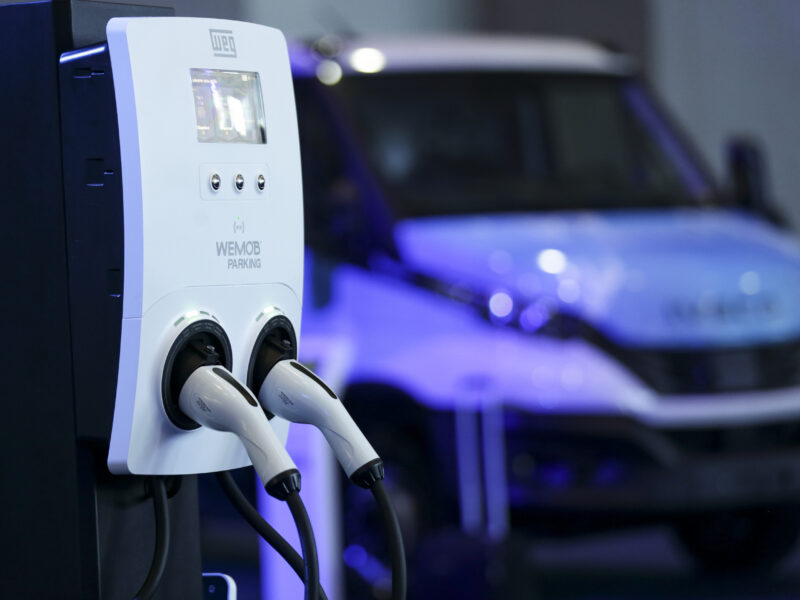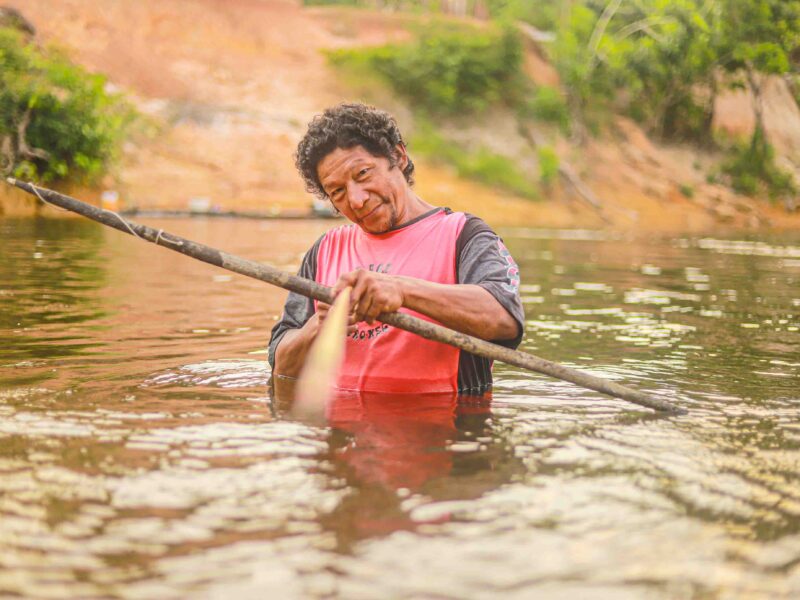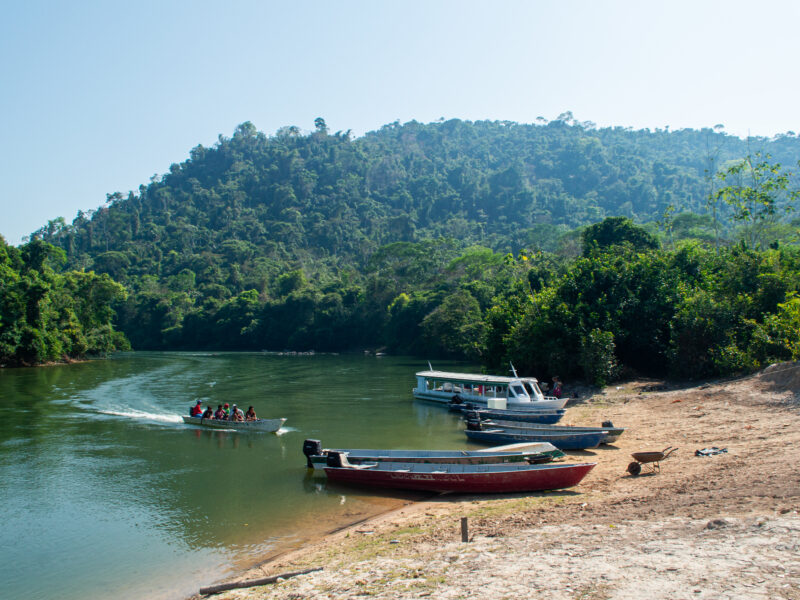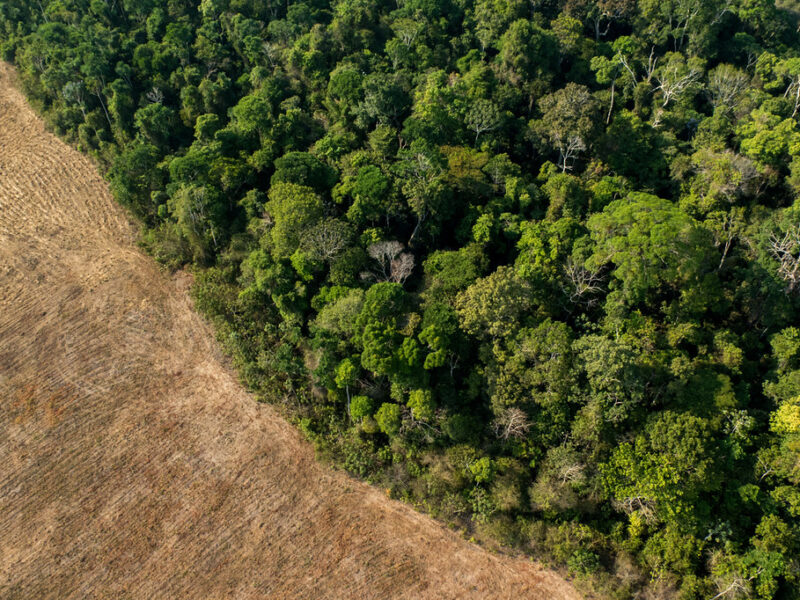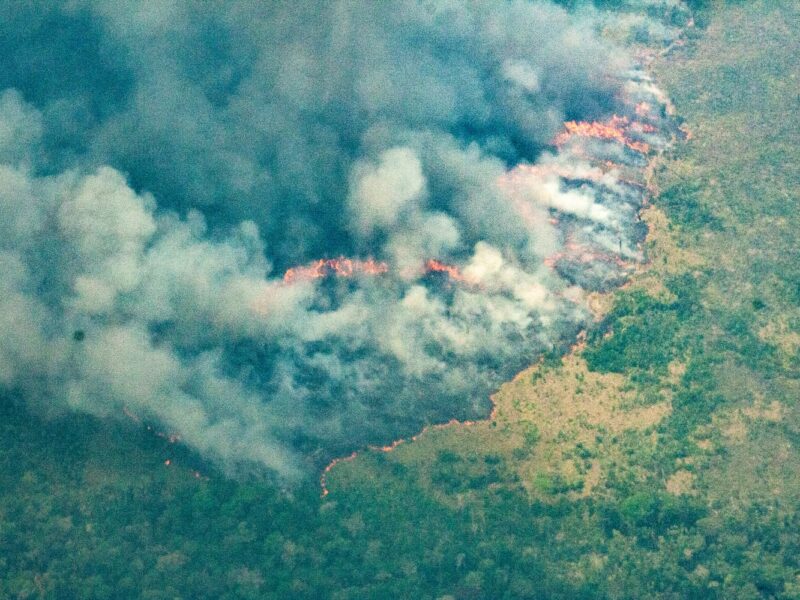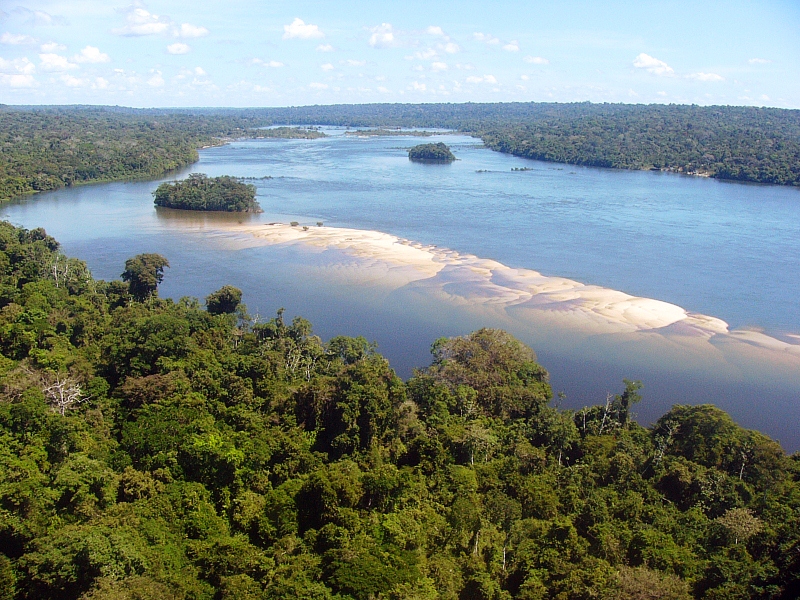An exclusive analysis by InfoAmazonia reveals a disconnect between the ExxonMobil-led consortium’s operations in Guyana and their environmental impacts, such as the practice of flaring and promises of compensation through carbon credits.
Tag: climate change
Oil companies create ‘smokescreen’ to enable exploration off Brazil’s Amazon coast
Oil companies are covertly positioning to extract oil from the entire mouth of the Amazon River, an investigation shows. Drilling in this ecologically sensitive region could impact traditional communities, and nature reserves.
The Amazon rainforest emerges as the new global oil frontier
Half a century of oil exploration has left the world’s largest rainforest scarred by deforestation, water contamination and air pollution. Indigenous lands have been infringed and economic disparities exacerbated. Now a new wave of drilling threatens to perpetuate this destructive legacy.
How did we investigate oil data in the Amazon?
Por Renata Hirota April 1, 2025 This story is part of the special series EVERY LAST DROP Since July 2024, the cross-border project Every Last Drop has investigated and mapped available data on oil and gas exploration across the Amazon, focusing on the biome’s reach into Brazil, Colombia, Ecuador, Guyana, and Peru. The analysis used […]
Energy transition creates a race for strategic minerals with 5,000 applications in the Amazon
Copper, lithium and nickel, among others, are raw materials used to produce electric vehicles, batteries, wind turbines, and solar panels. The Amazon holds part of these minerals, and large companies want to exploit it. Most mining applications are in Pará state, and some of them will have direct impact on areas located in Indigenous Lands and Conservation Units.
Company sells Indigenous land in Amazonas as NFTs without community’s knowledge
Areas of the Baixo Seruini Indigenous Land, inhabited by the Apurinã people in the southern Amazonas, were sold by the company Nemus in a project that promises to preserve the forest and generate carbon credits. The Prosecutor’s Office recommended the suspension of the project in December 2022; however, InfoAmazonia identified that negotiations are still ongoing on the internet.
Shell affiliate accused of violating Indigenous rights in carbon credit contracts
Indigenous people claim that Carbonext allegedly pressured communities to sign documents with blank sheets. The company denies the accusations and, shortly after allegations of rights violations and non-compliance with international conventions in suspicious contracts on indigenous lands in the Amazon, withdrew from the business.
Trees in the western and southern Amazon are less likely to survive long periods of drought
Study published in the journal ‘Nature’ sought to understand how different parts of the forest respond to drought. The research was led by a Brazilian scientist in partnership with 80 other authors and surveyed the conditions of 540 trees of 129 different species scattered across Brazil, Bolivia and Peru.
70% of the Amazon forest could be degraded by 2050
In addition to deforestation, forest degradation provoked by human action is among the main sources of carbon emission. Fire and drought are the main factors responsible for future degradation, indicative of the gravity of climate change. Even if the Amazonian countries achieve the promised goal of zero deforestation in 2030, the degradation will continue, as David Lapola explains in an interview with InfoAmazonia.
Protected areas absorb 27% of greenhouse gas emissions in Amazonia
A Brazilian Climate Observatory study found that the dense vegetation in the states of Amazonas and Amapá, regions whose territories are more than half composed of Conservation Units and Indigenous Territories, was able to remove all the CO2e that had been released to their atmosphere in 2021.






